Cats and plants – a mixed blessing!
Plants are beneficial for your cat and have a positive effect, but they can also be dangerous!
What’s the right balance?
What plants are cat-friendly?
Which plants are better avoided in a cat’s environment?
Today we’ve got our machete at the ready to cut our way through this jungle. And preserve the plants that are good for our indoor and outdoor furry friends.
Why cats chew on plants
Cats don’t chew plants because they dislike your floral decor, or because their food portions are so small that they’re starving. Many plants are ambushed because there’s just not enough spice in a cat’s life:
She wants to have fun!
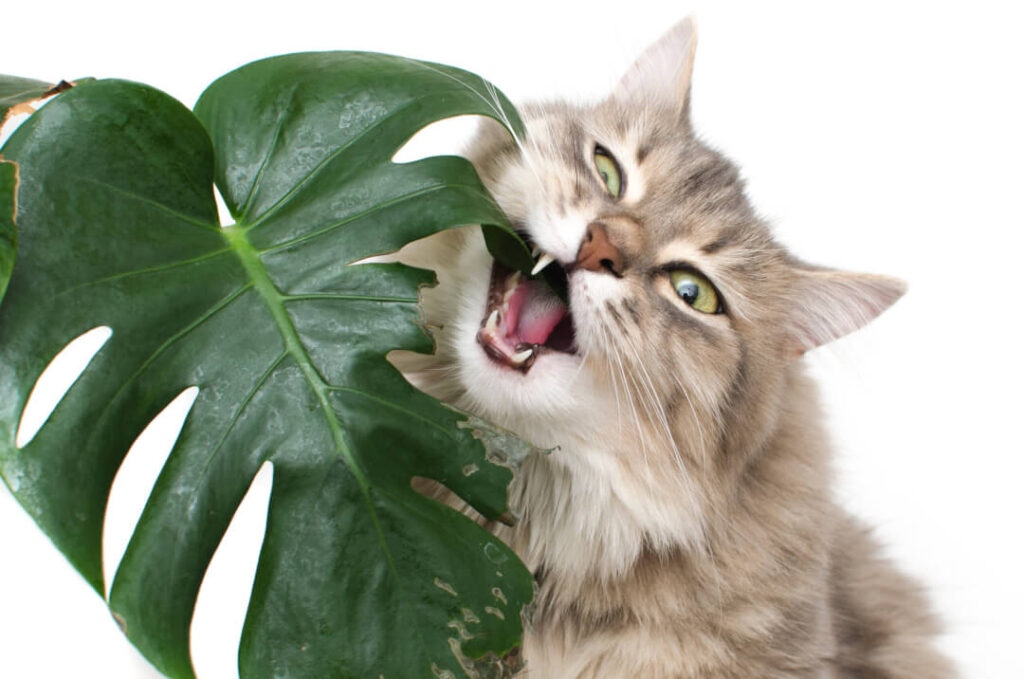
Cat boredom
Cats are curious and always want to explore something new. If there’s nothing else more interesting, a plant will have to do…
Our velvet-eared friends are bored so they go after plants. Cats that spend their days inside especially like to lacerate leaves now and then.You can actively protect your plants by providing a bit more variety:
Plants that help vomiting of hairballs
Plants act like an emetic that’s perhaps not that appetising, but a very natural reflex for your cat. When a cat grooms itself, the tongue combs the coat and keeps hold of loose hairs which are then swallowed. These are then excreted through the intestinal tract. If too many hairs accumulate, the cat eats grass, especially coarse-grained parts of the plant, in order to vomit up indigestible hairs.
Which plants are OK for cats?
Be vigilant when buying plants!
Even plants that are not poisonous for cats can be quite dangerous for our furry friends in certain circumstances. For example because of…
- angular leaves
- jagged edges
- sharp thorns
- prickly spikes
Cats can easily choke on long plant fibres and hard leaves. Avoid using fertiliser and make sure that planters and flowerpots are stable. Put plants on a stand, otherwise pots can be tipped over with your cat underneath.
Houseplants toxic for cats
Here it is, the top ten list of poisonous indoor houseplants. These plants are off limits for our four legged friends!
- Amaryllis
- Aloe Vera
- Cyclamen
- Begonia
- Christ Thorn
- Dumb cane (Dieffenbachia)
- Ivy
- Lily
- Christmas star
- Desert Rose
Toxic outdoor plants
We love to see spring blossoms, but they’re not without danger for outdoor feline adventurers! Then there are also some year-round flowering varieties that should also be highlighted. Here are the top ten outdoor poisonous plants:
- Boxwood
- Wolfsbane
- Angel trumpet
- Crocus
- Tree of Life
- Lily of the valley
- Oleander
- Daffodils
- Rhododendron
- Tulip
Attention outdoor adventurers: keep your paws off these plants!
Plants suitable for cats
“Most accidents happen at home” is a saying that unfortunately also applies to indoor cats. Is your home cat-safe? Do a check:
There are many harmless houseplants for people who like a green oasis and don’t want to have to choose between plants and cats.
Here is the top ten of non-toxic indoor plants:
- Valerian
- Geranium
- Green lily
- Hibiscus
- Cat grass
- Catnip
- Kentia-Palm
- Calathea (Peacock plant)
- Marguerite
- Marigold
These houseplants are welcome at yours!
If your cat is poisoned by a plant
Cats are usually guided by their innate instincts. This often keeps them safe. However, sometimes our furry friends get hold of something poisonous and eat it. Outdoor cats are more exposed to this kind of danger, but so are indoor pusses.
Toxic substances are not only found in plants! In any normal home there are also other dangers for cats. And you definitely need to know them.
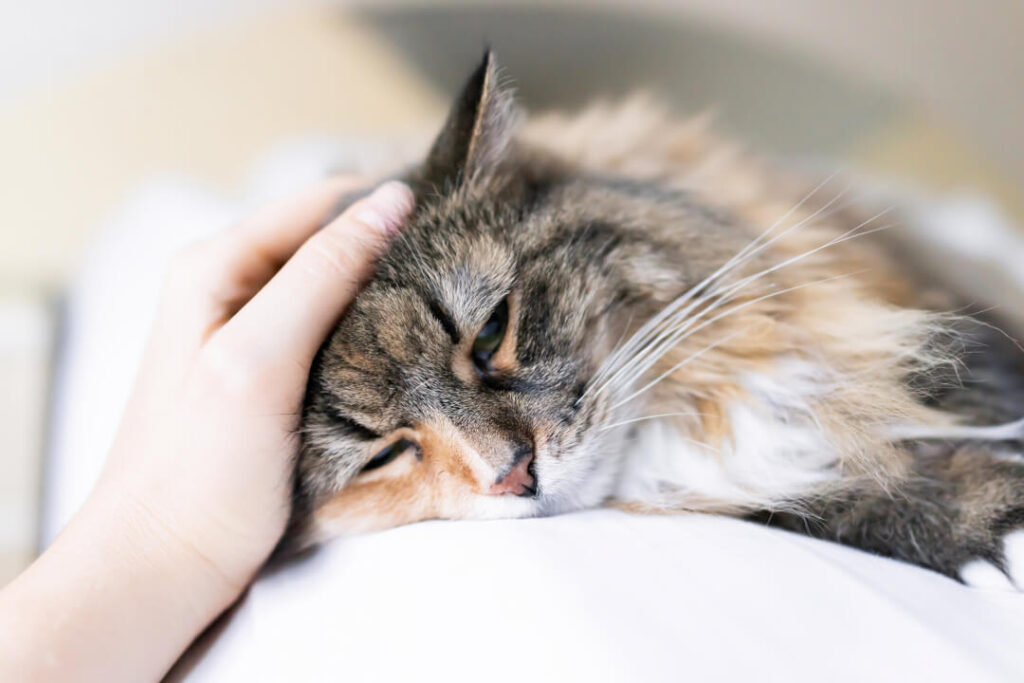
Poisoning symptoms
Cats show certain symptoms depending on the type and severity of poisoning. You know your cat best, so you will most likely notice if something is wrong. If your cat is poisoned, there are a number of signs, for example…
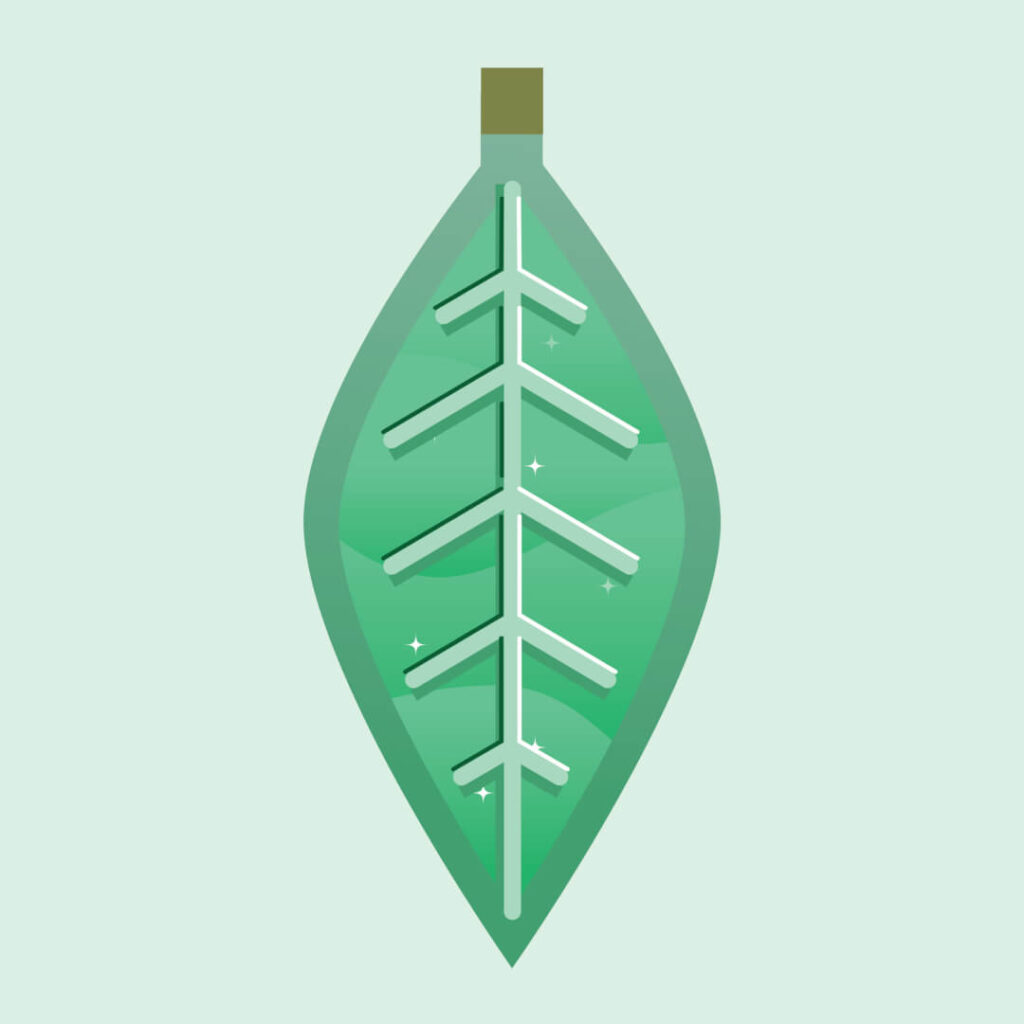
- Salivating
- Paralysis
- Cramps
- Shaking
- Vomiting
- Diarrhoea
- Dizziness
Vomiting
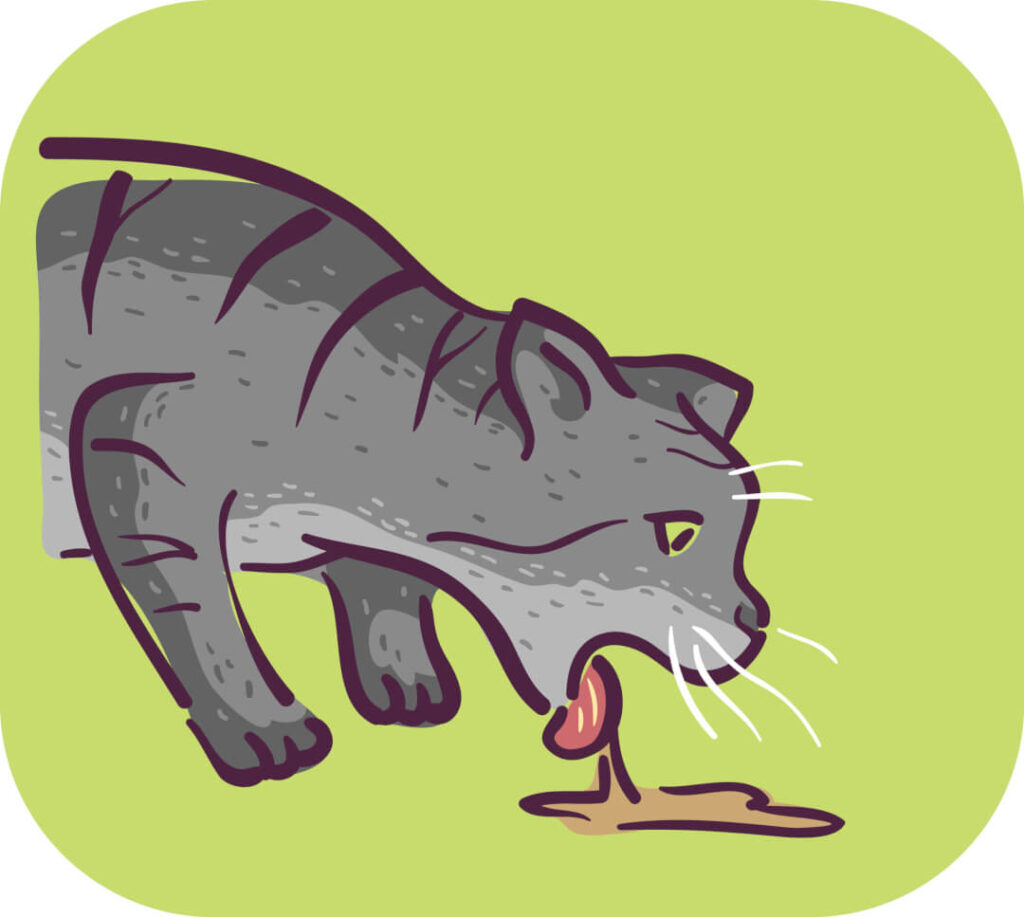
Cats vomit from time to time. Sometimes hairballs come out, sometimes it’s undigested food. As long as it’s occasional and doesn’t happen all the time, it’s not that dramatic. Even if it’s not exactly pleasant, take the time to look at vomit before you clear it up. It can say a lot about what caused it!
Diarrhoea
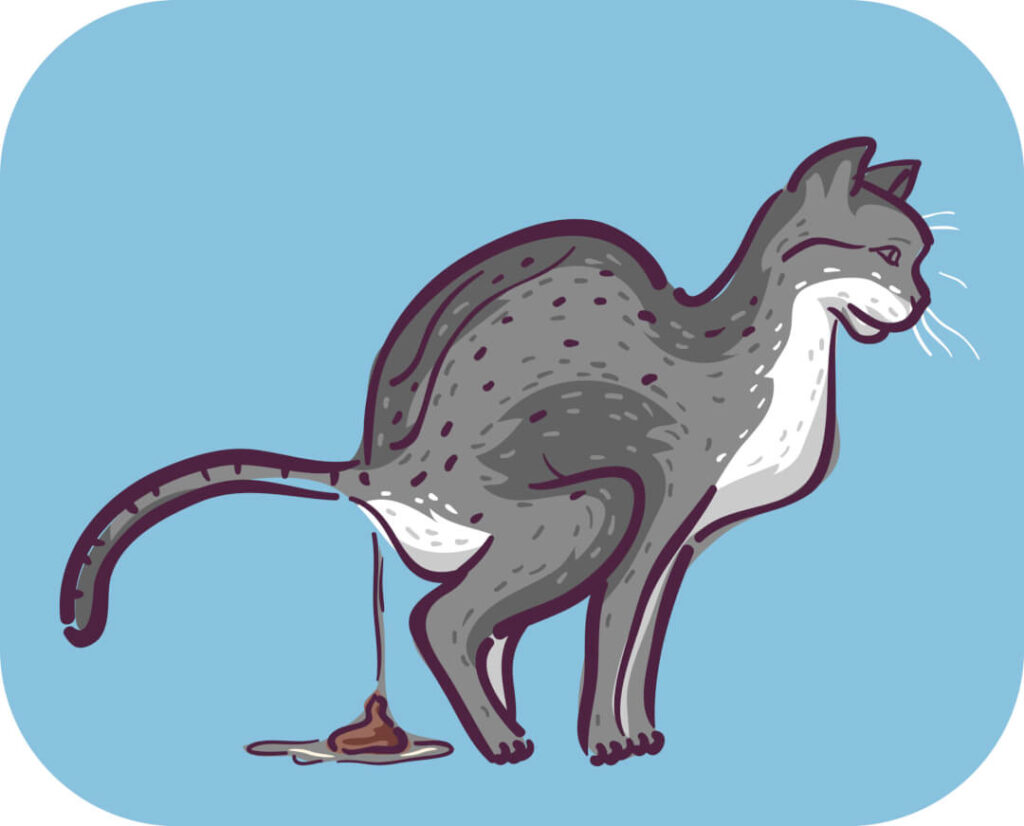
If your cat has diarrhoea, you’ll very quickly notice it in the litter box. The excrement looks distinctly different – in colour, much softer in texture, sometimes slimy or liquid like water. Feces never smells nice, but diarrhoea has an extremely foul stench.
Even if it turns your stomach, take a look at the excrement: the texture can provide a clue about what is bothering your cat.
Dizziness
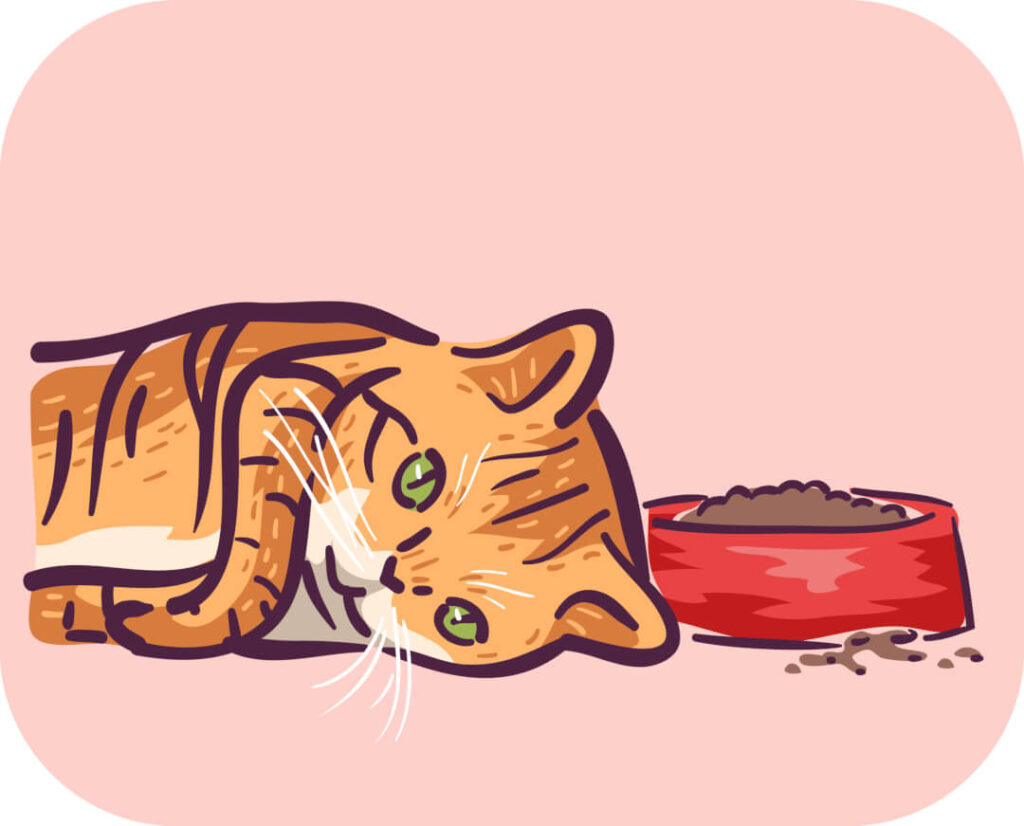
If your cat vomits or has diarrhoea, s/he is also usually dizzy and weak. There are usually multiple symptoms. Look at her pupils: are they different from usual, bigger or smaller? Is your cat staggering a bit, and not moving as steadily as usual?
Does she retreat into a hiding place, not even coming out to get food or even spurning favourite treats?
What you should do in an emergency
The emergency is here: you’re afraid that your cat has poisoned itself. Is he showing some of these symptoms?
– Then go straight to the vet! Don’t hang about.
Hurry! The longer a poison is active, the more life-threatening it can be for your cat.
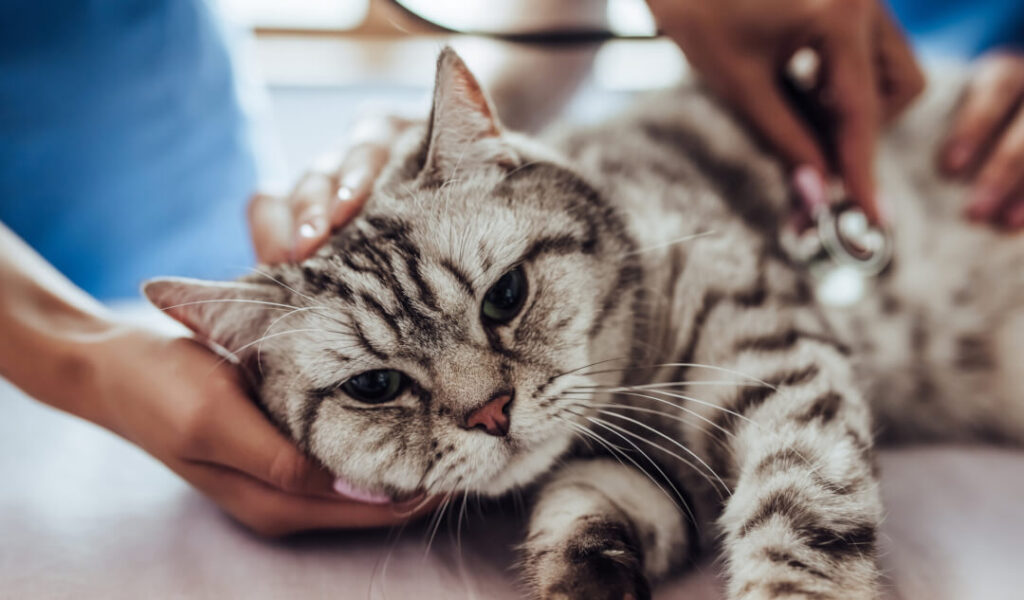
Treatment for poisoning
Call the vet first and describe the symptoms. This is important so treatment can be tailored.
Describe exactly what your cat might have eaten. When did she ingest it and how much of the plant did she eat? Bring a sample to the surgery if you know which plant it was. There may be an antidote that can be prepared.
Otherwise, the first step is detoxification: the poison must be removed from the body. If it’s already in the bloodstream, it is diluted accordingly.
Tips on keeping your cat away from plants
The easiest way to banish plant danger is not to allow cats near them.
When they don’t have access to plants, they can’t get poisoned!
Position plants so they’re as inaccessible as possible to your furry friend. Hang plants from ceilings or walls? It’s possible, but don’t forget: cats are like mountain goats, so they’re very good climbers. Make sure that there’s absolutely no possibility for climbing kitties to reach high-up plants!
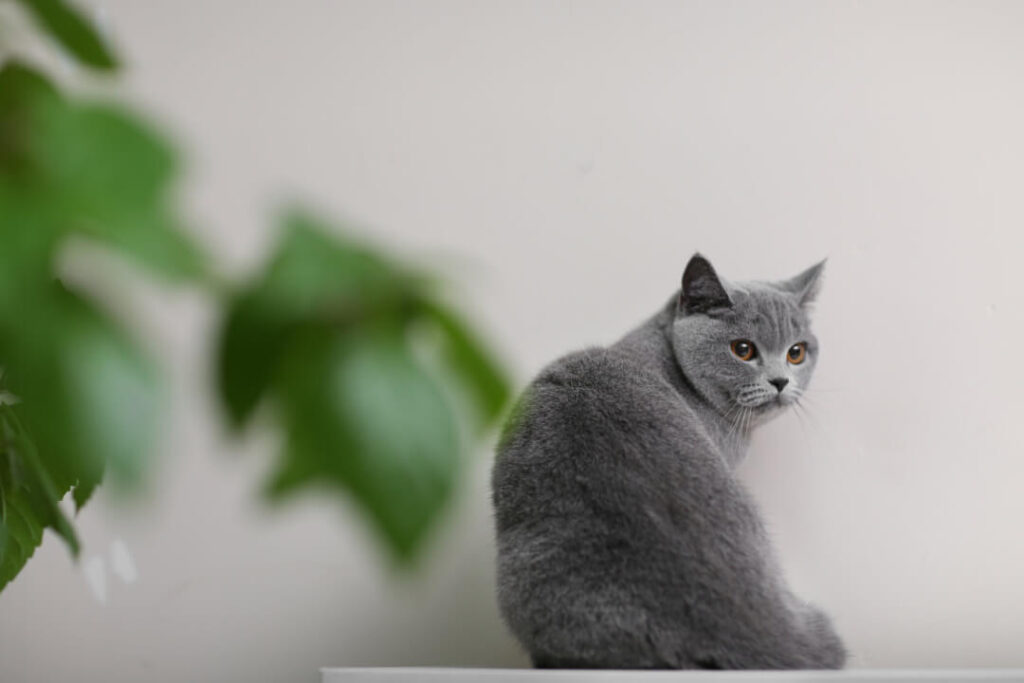
Observe what your cat prefers
Watch your cat’s body language: which plants attract? What are her favourites? You should remove them if they’re dangerous or toxic.
Why does she particularly like these plants? Are they close to your cat’s favourite place?
Dangerous types of plants
Goodbye plants!
Parting ways is painful.
You have to go.
And that sure is sad.
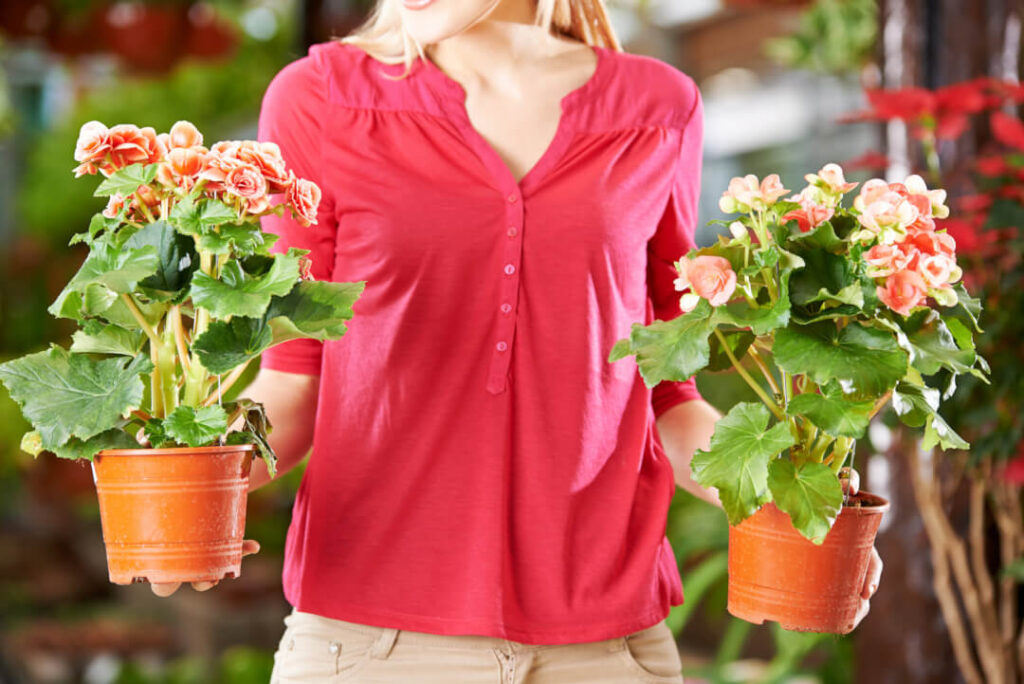
For the sake of your cat, you need to cull any poisonous greenery. You don’t have to throw it away: give it to family or friends who don’t have a cat! Then you’ll have done two good turns.
Offer your cat alternatives
Maybe there’s another kind of plant you can get instead?
Show your cat that this is his green goodness!
Encourage him to nibble on it! Praise him when he does. Of course, only if the plant is totally harmless!
If you’re not quite sure, offer cat grass to nibble on: that way nothing can go wrong!
Avoid boredom at home
Indoor cats need several hours of play and activity every day. Otherwise they risk damaging your furniture or plants.

Not a court jester? It doesn’t matter! Maybe you’re good with your hands. You can also liven things up by making your own furniture or toys for your furry friend.
Then your plants can flourish in peace.

